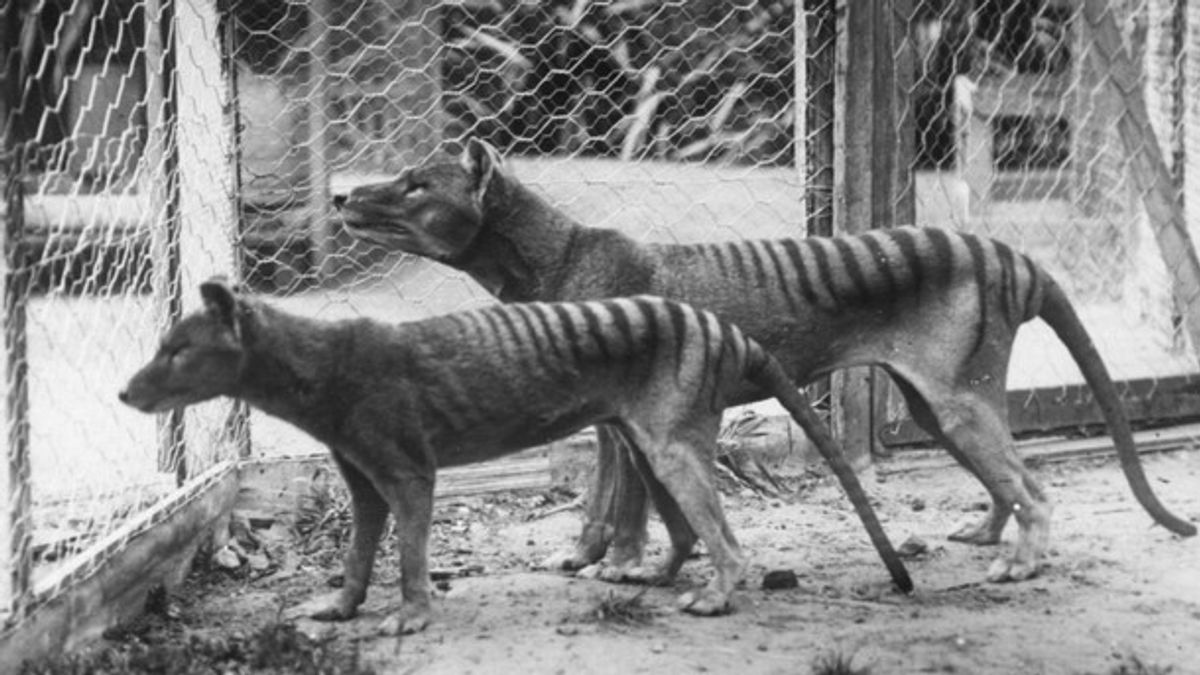JAKARTA - Scientists in Melbourne, Australia are working to revive the extinct Tasmanian tiger.
A world-class research laboratory for the de-extinction and conservation of marsupials is being built at the University of Melbourne, after a donation of 3.4 million euros or around Rp. 53,102,909,282
"Thanks to this generous funding, we are at a turning point where we can develop technologies that could potentially bring the species back from extinction, helping to protect other marsupials on the brink of extinction," said Professor Andrew Pask of the University of Melbourne's School of Biosciences. March.
The grant is planned to be used to establish the Thylacine Integrated Genetic Restoration Research laboratory (TIGRR), to develop new technology that could bring the Thylacine back from extinction.
These creatures once roamed Australia, but were confined to the island of Tasmania when Europeans arrived in the 18th century. Colonists hunted them to extinction with the last known individual dying in captivity in 1936.
"Of all the species proposed for extinction, the Thylacine is arguably the most interesting case," Pask said.
"The Tasmanian habitat remains largely unchanged, providing the perfect environment for reintroducing the Thylacine and very likely, its release will benefit the entire ecosystem," he said.
So far, scientists have sequenced the thylacine's DNA which gives them the "blueprint of how to essentially build the thylacine." Bringing the species back would require them to understand the code from start to finish.
Cells from the Thylacine's closest relative, the mouse-like dunnart, could then be engineered to bring the species back to life.
Furthermore, the new funding will allow the labs to move forward in three key areas: increasing their understanding of the animal genome, developing techniques for creating embryos and transferring those embryos to surrogate hosts.
But, apart from bringing the Thylacine back from extinction, the progress they are making could also help other threatened species. At least 39 of Australia's mammal species have become extinct in the last 200 years, with nine others currently listed as endangered.
Pask said tools and methods developed at the TIGRR Hub would have 'immediate conservation benefits' for marsupials, providing a means to protect against the loss of threatened or endangered species.
"While our primary goal is to bring back the Thylacine, we will soon apply our advances in conservation science, particularly our work with stem cells, gene editing and surrogacy, to assist breeding programs to prevent other marsupials from suffering the same fate as the Thylacine marsupial." he concluded.
The English, Chinese, Japanese, Arabic, and French versions are automatically generated by the AI. So there may still be inaccuracies in translating, please always see Indonesian as our main language. (system supported by DigitalSiber.id)













